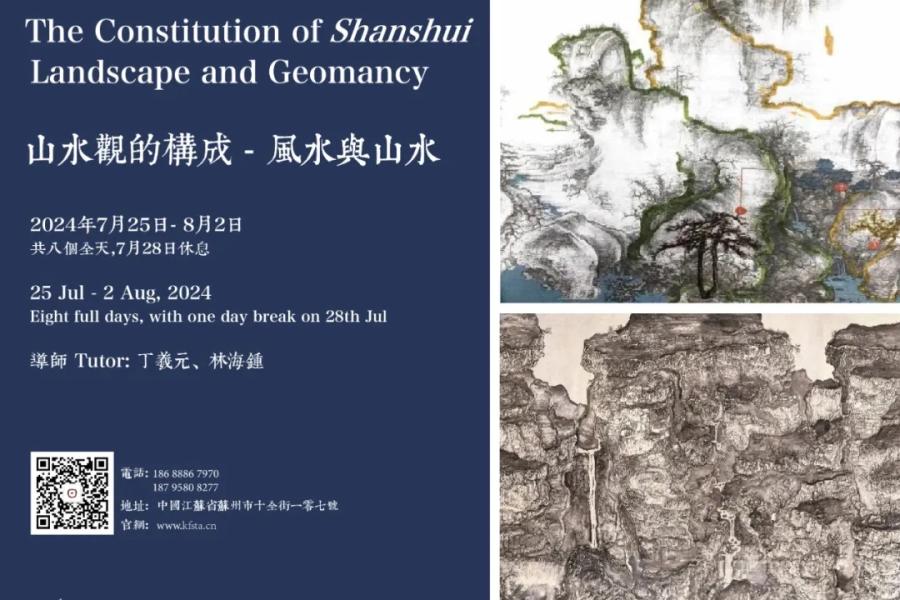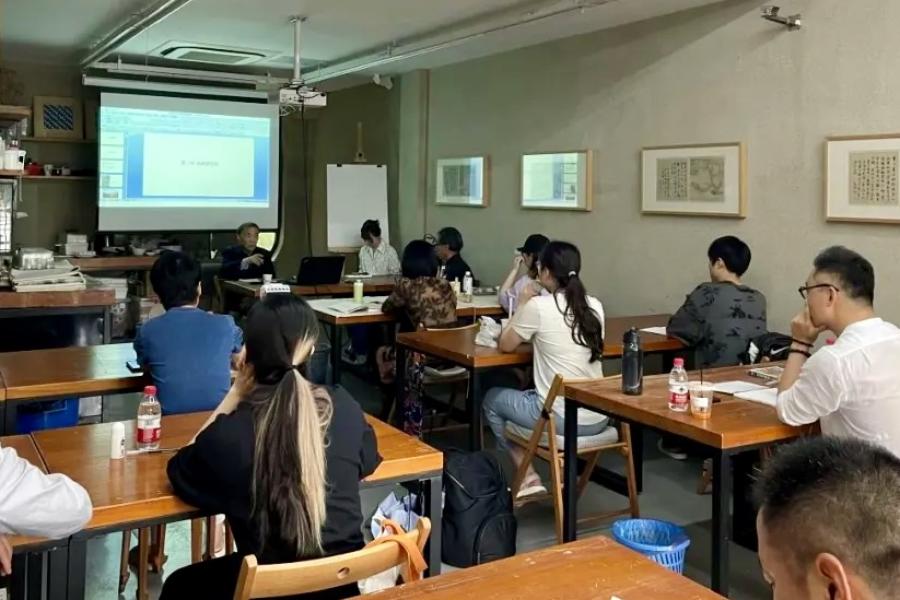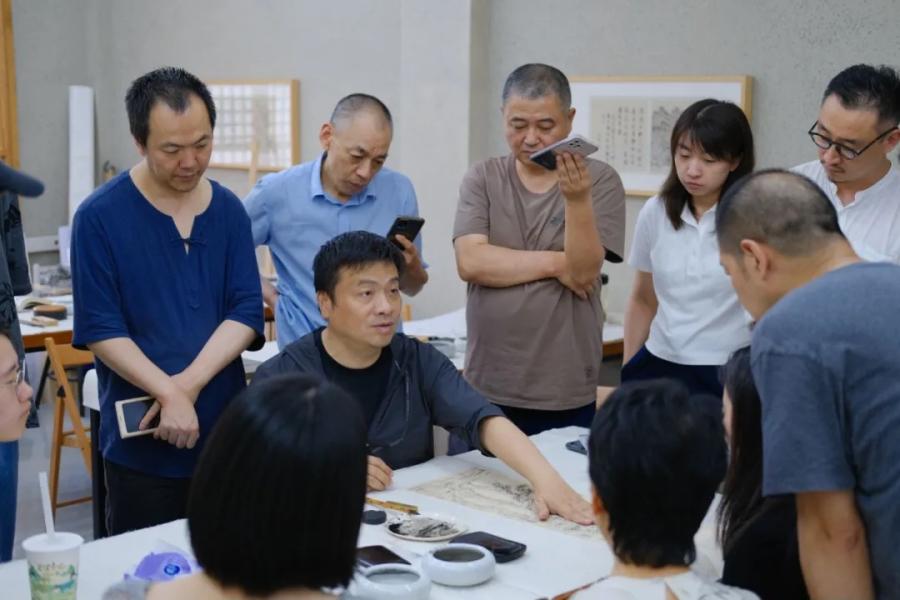Ding Xiyuan
Ding Xiyuan, Renowned art historian Prof. Ding Xiyuan’s main research areas include modern Chinese painting and early Chinese painting from the Jin to Yuan dynasties. Prof. Ding completed his graduate studies at the Chinese National Academy of Arts in 1978, where he studied painting with Cai Ruohong and Wang Chaowen, and Chinese aesthetics and painting theory with Zong Baihua and Wu Lifu, among others. In his eminent career he has conducted research and lectured in academic and museum institutions in Japan, Europe and the United States. From 1985 to to 1995 he was vice-director of the Shanghai Academy of Art, where he expanded intellectual and artistic exchanges with scholars, theorists and artists from around the globe. Currently he is a senior researcher at the Shanghai Art Museum, part-time professor at Fudan University, professor of painting at Shanghai Chinese Art Academy, and vice director of the Lin Fengmian Research Society.



